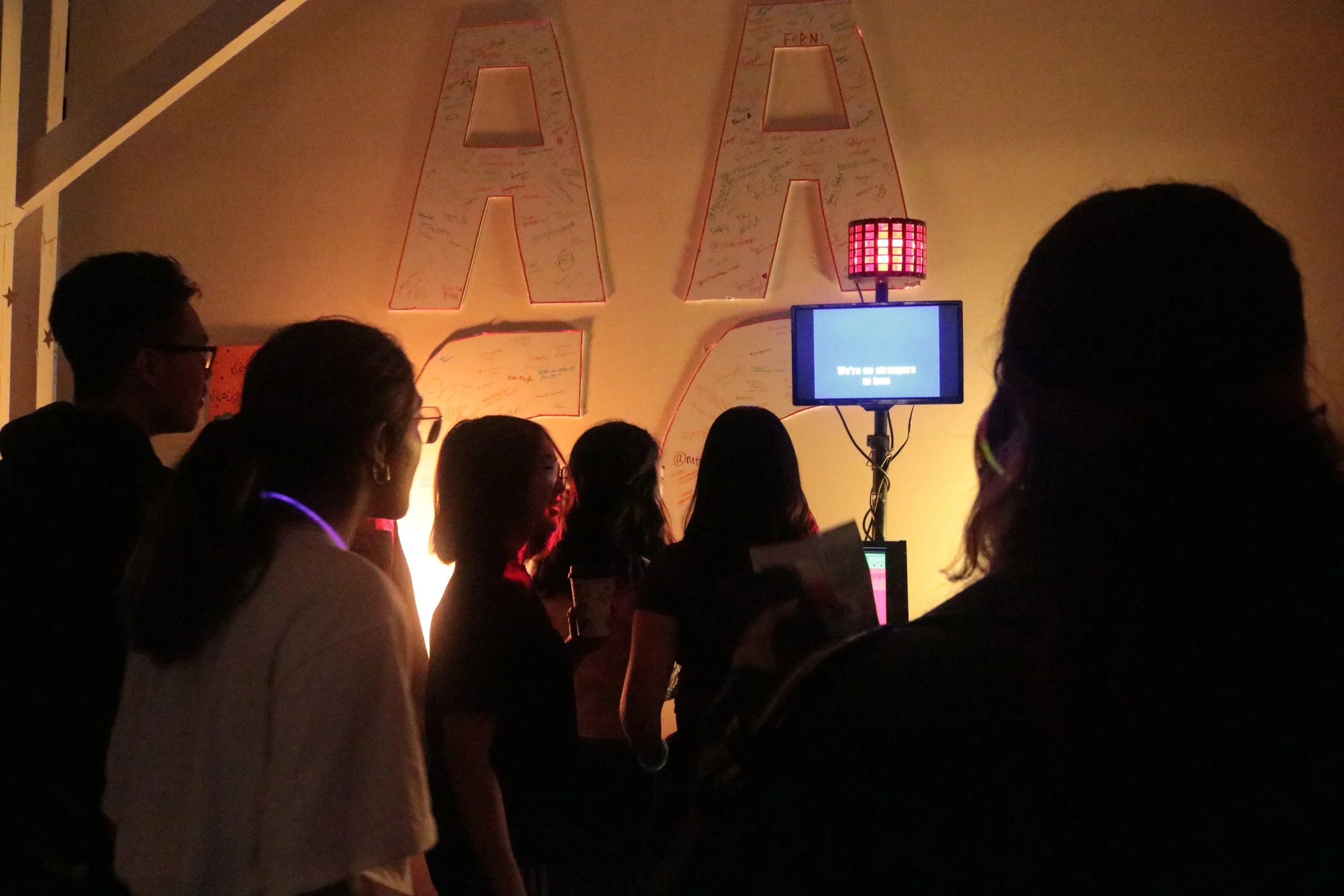The Importance of Having a Cultural Center on a College Campus
“We must love each other and support each other. We have nothing to lose but our chains.” Assata Shakur.
When I first arrived at Rutgers University as an undergraduate student, I was completely overwhelmed with the vast array of opportunities they provided. I was shocked to find that there was a student organization or club for any particular hobby, whether it be karaoke, anime, or even competing performing organizations. When I started my search for what I wanted to get involved with, I realized that I wanted to try to understand myself a bit more and the starting point for that was understanding my background. My relationship with my identity and South Asian background was something I never really understood completely. I lacked the knowledge of the countries within the Asian continent and those that were geographically considered South Asia. When I graduated high school, I was looking to find a place that would give me more insight into my identity as an Asian American so I could learn more about my heritage and connect with my roots. In my pursuits, I discovered the perfect setting for my new cultural journey, the AACC.
The Asian American Cultural Center is a resource center for students to use as a study space, get involved with internship and employment opportunities, and somewhere students can attend events with foods from different cultures. Students can use the space to hang out with friends, study, and even have club meetings. Many staff members at the AACC serve as advisors to the student-run clubs that hold their meetings there. This fosters a healthy relationship between the adults of the AACC and the students who spend their time there. We share a building with a daycare. Isn’t that odd? You would think that a university as diverse as Rutgers would provide the largest POC group on campus with its own center. However, some people aren’t even aware that the center exists.
I first found out about the center through a flyer for the mentoring program. I soon attended their first event, which was the Welcome Party, and was really excited to get started. The welcome party was an event with games, free prizes, henna, and free food. It brought traffic to the center so people would know where the center was located and there was a photo booth for people to share photos for promotion of the center. Fast forward to now, I’ve held every position available to students at the center and have gained a lot of experience.
I recognize that a lot of the time, some people feel like they are outcasts of their own communities. They don’t feel comfortable getting involved with the student organizations that align with their identities because they don’t think they will be welcomed. In a cultural center, the purpose is to make students of all ethnicities feel welcome and connect with professional staff in ways that they can’t in classrooms. There is no pressure to be one way or another, and there are endless resources for students.
Speaking for myself, the only reason I felt comfortable getting involved at the center was because I knew that I was going to find people who weren’t critical of who I was. I come from a very religious household and didn’t know anything about my culture. My parents prioritized
religious practices over cultural traditions. When I originally got involved at the center, it allowed me to learn more about my heritage. I couldn’t fully express myself unless I knew more about my background and why I felt so disconnected from my community. The cultural center has helped me find a part of myself I never knew was lost. I not only feel like I have found a missing piece of myself, but I know that I have found a community that values me and my heritage.
Cultural centers provide spaces for people to gain a deeper understanding of themselves promoting inclusivity and unlearning the toxic ideals they may have held with themselves previously. For Asian Americans particularly, they must unlearn the beliefs they were taught within their community involving racism, colorism, and sexism. These centers provide safe spaces for those who are marginalized within their own communities and whose stories are overlooked. Cultural centers allow people to build and redefine a better future for themselves if they participate in creating more inclusive spaces.
